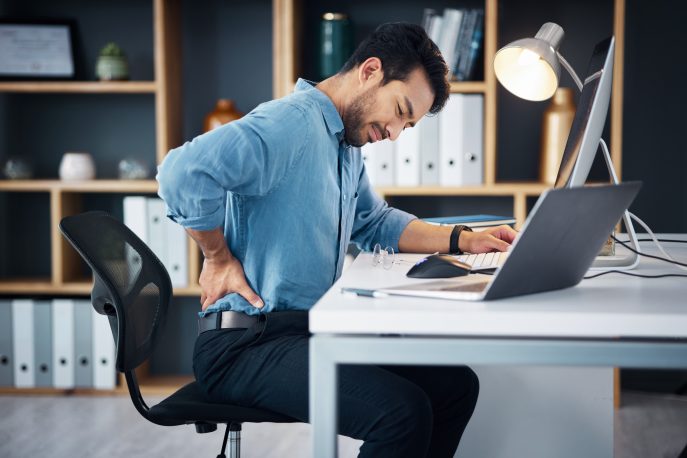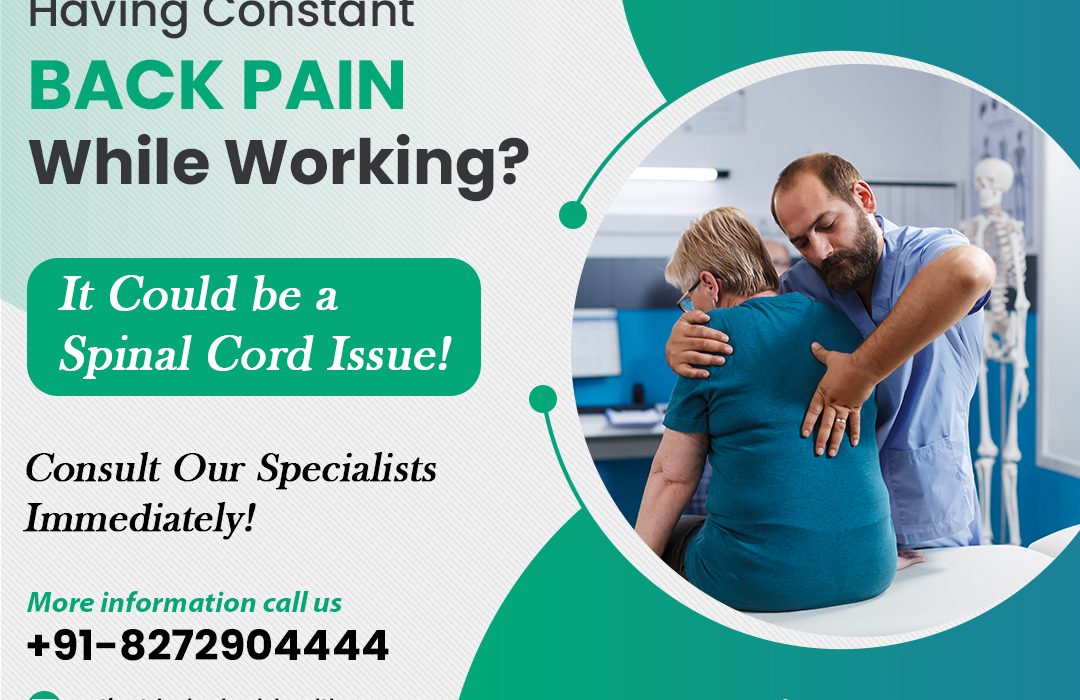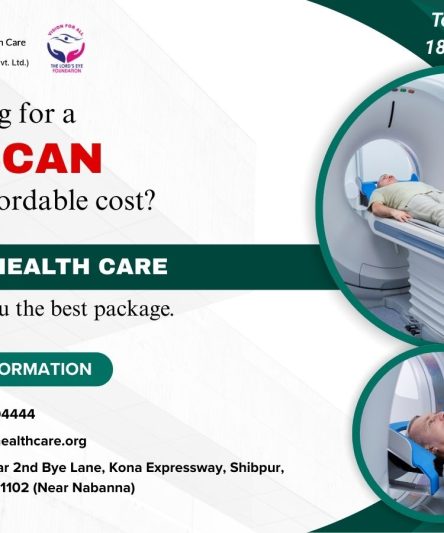Constant Back Pain While Working: Could It Be a Spinal Cord Issue?
Struggling with constant back pain while working? Discover if it’s linked to a spinal cord issue, how to spot the symptoms, prevention tips A to Z, and when to seek expert help from Lords Health Care.
Back pain is one of the most common health problems affecting working professionals today. In fact, studies show that nearly 80% of people will experience back pain at some point in their lives, and for many, it begins at the workplace.
If you’re constantly shifting in your seat, wincing when you bend, or ending your workday with aches, it might not just be poor posture — it could be a spinal cord issue. Let’s break it down simply so you can take control of your health.
What Causes Constant Back Pain While Working?

Work-related back pain can be triggered by several daily habits:
- Prolonged sitting
- Poor posture
- Lack of movement
- Unsupportive chairs
- Heavy lifting or repetitive movements
However, beyond these surface-level causes, there may be deeper spinal issues at play.
Common Spinal Cord Issues That Lead to Back Pain
Several spinal conditions can contribute to constant back pain:
1. Herniated Disc
Occurs when the soft cushion between spinal bones slips out, pressing on nearby nerves.
2. Spinal Stenosis
The space within the spine narrows, putting pressure on the spinal cord and nerves.
3. Degenerative Disc Disease
Discs wear down over time, leading to chronic pain and inflammation.
4. Sciatica
A pinched sciatic nerve causes sharp, radiating pain down one leg, starting from the lower back.
5. Spondylolisthesis
One of the vertebrae slips out of place, often causing lower back pain.

Key Symptoms to Watch For
If you experience any of the following, consult a specialist:
- Pain that radiates to your legs or buttocks
- Numbness, tingling, or weakness
- Difficulty standing or walking for long periods
- Pain that worsens with sitting or bending
- Stiffness or reduced flexibility in the back
Prevention Tips A to Z: How to Protect Your Spine at Work
A – Adjust Your Chair:
Use an ergonomic chair that supports your lower back.
B – Breaks Every Hour:
Stand, stretch, or take a short walk to avoid stiffness.
C – Core Strengthening:
Strong core muscles help stabilize your spine.
D – Desk Setup:
Keep your monitor at eye level and keyboard within reach.
E – Elevate Your Feet:
Use a footrest if your feet don’t touch the ground comfortably.
… and so on, covering simple lifestyle habits all the way through to Z.
Lifestyle Changes to Alleviate Back Pain
- Stay active: Gentle exercise keeps your spine flexible.
- Watch your weight: Excess weight strains your back.
- Sleep smart: Use a firm mattress and sleep on your side.
- Hydrate well: Discs need hydration to stay healthy.
- Reduce stress: Chronic stress can tighten muscles and worsen pain.
5 Simple Exercises to Relieve Back Pain
1. Cat-Cow Stretch
Gently stretches your spine and eases stiffness.
2. Child’s Pose
Relaxes lower back muscles.
3. Pelvic Tilts
Strengthens core and lower back.
4. Knee-to-Chest Stretch
Improves flexibility in the lumbar spine.
5. Seated Spinal Twist
Encourages spinal mobility and posture.
Tip: Do these daily for 10–15 minutes to feel the difference.
Ergonomic Workspace Tips
- Invest in an adjustable chair with lumbar support
- Use a monitor riser or laptop stand
- Place your keyboard and mouse at elbow height
- Maintain a 90-degree angle at your hips and knees
- Avoid slouching or leaning forward
When Should You Seek Immediate Medical Help?
Back pain should not be ignored if:
- You experience sudden weakness or numbness
- You lose bladder or bowel control
- The pain is severe and constant
- You have a history of injury or trauma
These could indicate a serious spinal condition needing urgent attention.
The Role of Physical Therapy in Healing Back Pain
Physical therapy can:
- Teach you safe movement techniques
- Help rebuild muscle strength
- Improve flexibility and range of motion
- Offer pain relief through targeted therapies
At Lords Health Care, our specialists personalize physical therapy programs tailored to your condition and goals.
Real Stories: How Our Patients Found Relief
Rajesh, 42: “I used to ignore my back pain until I couldn’t sleep at night. After diagnosis at Lords Health Care, I discovered I had a herniated disc. With physical therapy and lifestyle changes, I’m now back to enjoying life pain-free.”
Sunita, 29: “Working long hours as a designer took a toll on my back. Lords Health Care helped me set up an ergonomic workspace and guided me through recovery. I feel better than ever!”
FAQs About Back Pain and Spinal Health
Q: Can stress really cause back pain?
A: Yes! Mental stress tightens muscles, especially in the back and neck.
Q: Is it okay to work out with back pain?
A: Gentle exercises are safe, but always consult a specialist first.
Q: Are standing desks better for back pain?
A: Yes, alternating between sitting and standing reduces strain.
Additional Resources
Contact Lords Health Care
Don’t let back pain control your work life. Our team of spine specialists at Lords Health Care is here to help you find lasting relief.
📞 Call: +91-8272904444 or Toll-Free 18003090895
📧 Email: patientdesk@lordshealthcare.org
🌐 Visit: www.lordshealthcare.org
🏥 Location: 13/3, Circular 2nd Bye Lane, Kona Expressway, Shibpur, Howrah – 711102 (Near Nabanna)
Take action today — your spine deserves the best care.



